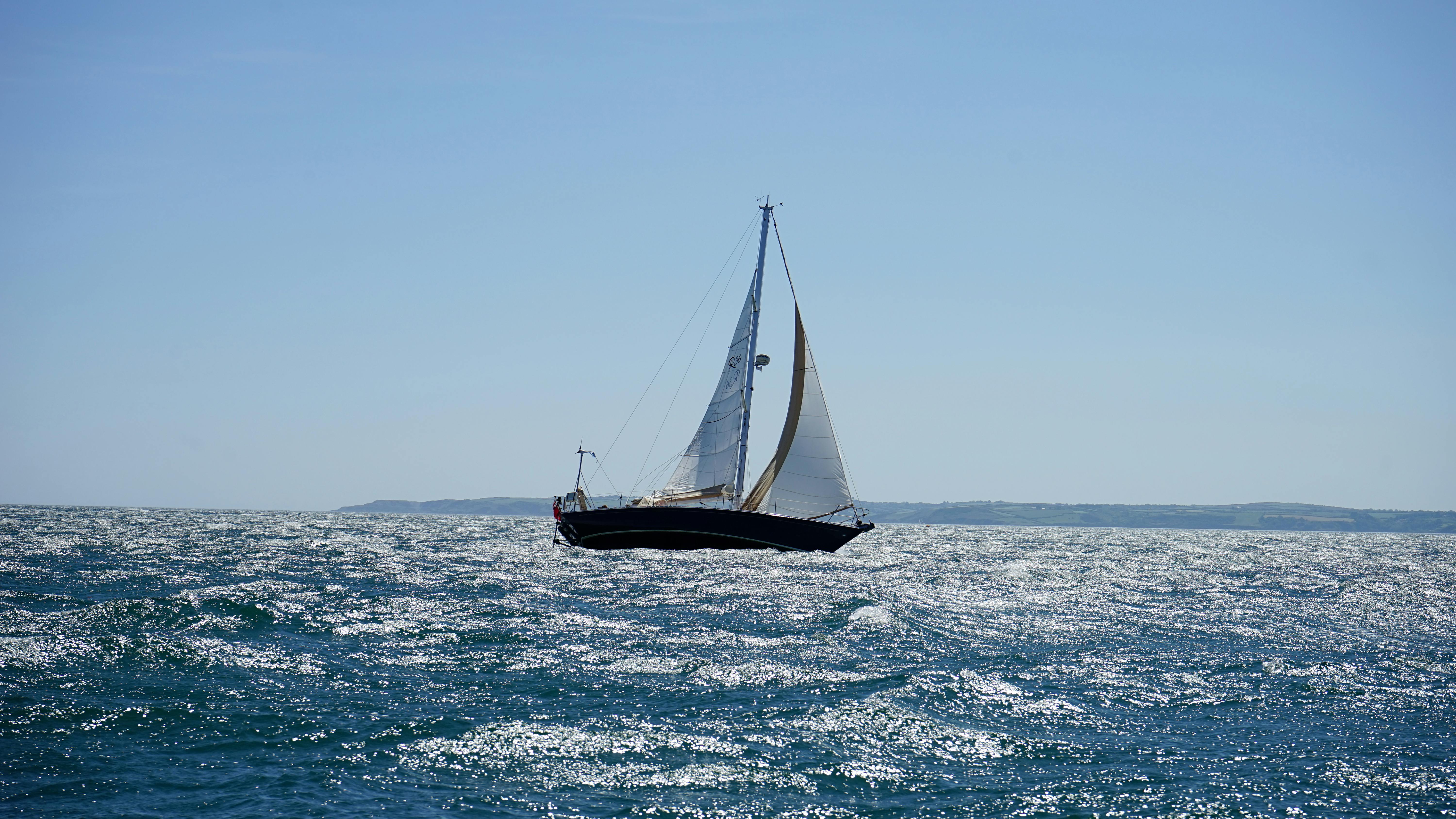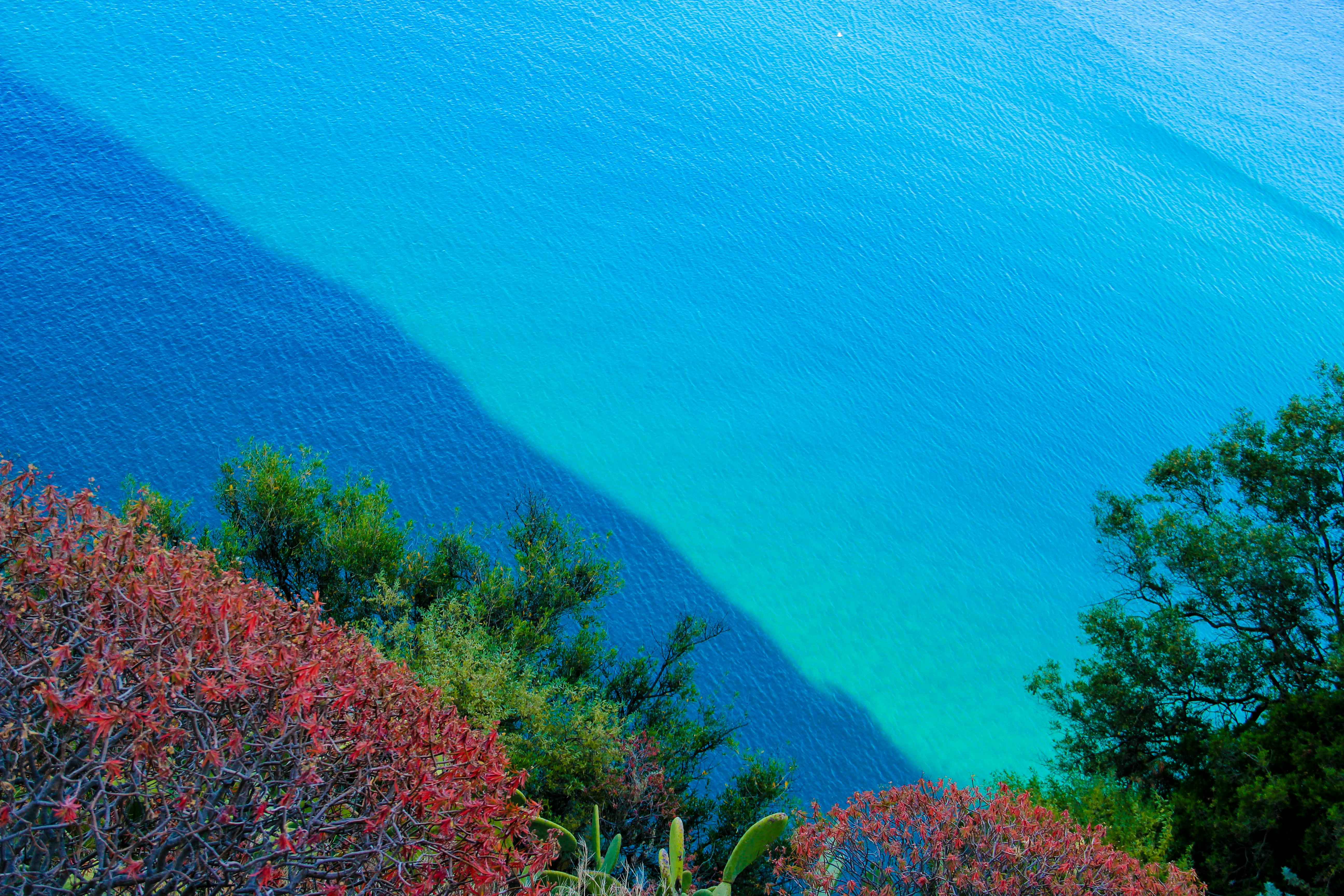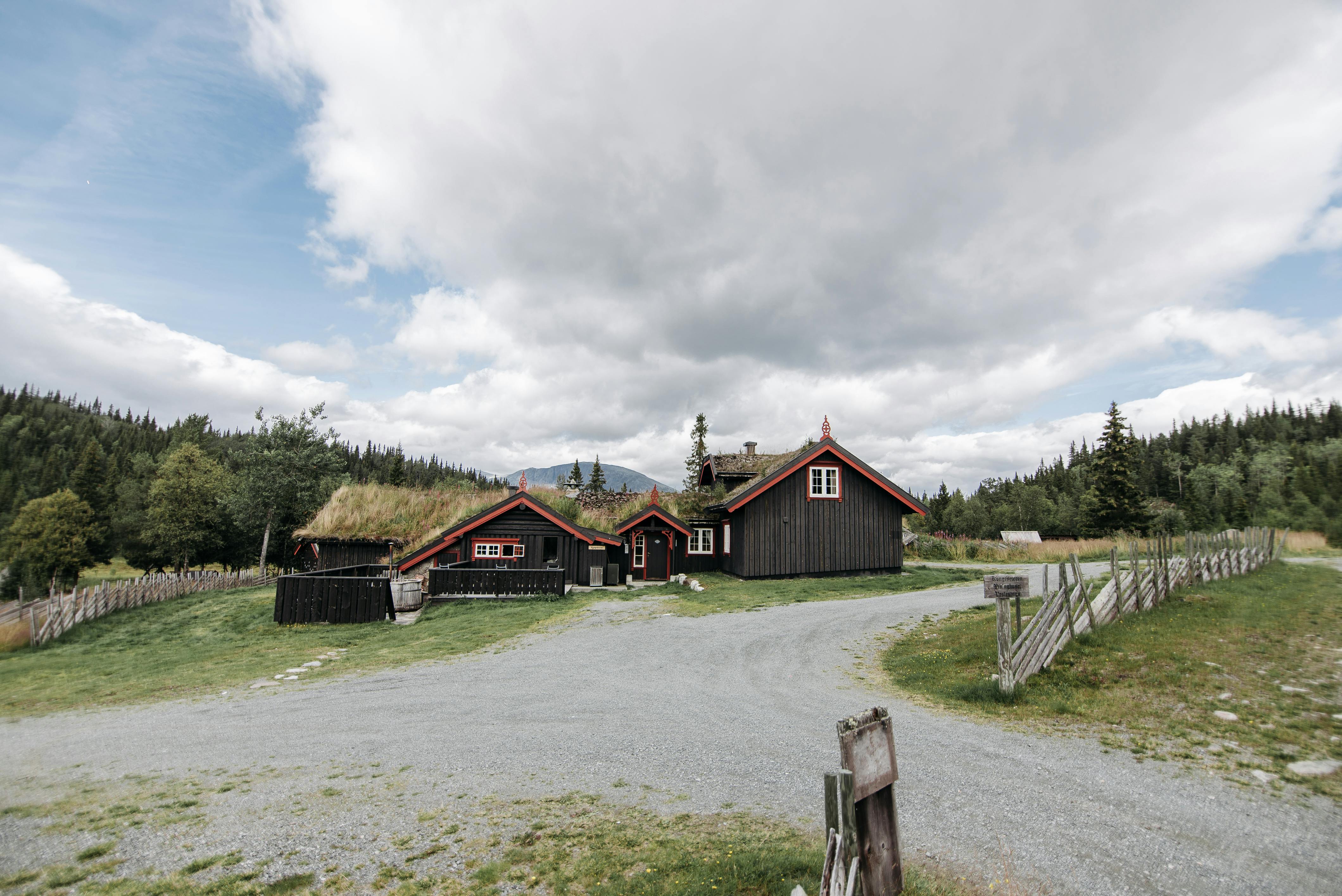In 1826 the area was named Rocky Point by Lieutenant William Hale Hardy, a retired officer in the Royal British Navy, as he searched for pearls and precious metals during his travels along the coasts of Sonora and Baja California. It was known on navigational charts under this name until 1936. Very near Rocky Point, Mexico, a gold mine was discovered, called Sierra Pinta, which had two different owners between 1850 and 1910. Before ceasing operations, the mine belonged to to an English company. that he had a smelting operation where gold was turned into bars and shipped to San Francisco. This company had built a car track that ran from the mine to the gold processing plant in the La Pinta estuary.
After being baptized by William Hale Hardy, Rocky Point also called (Puerto Peñasco, Mexico) continued to be a desolate desert place visited only occasionally by nomadic fishermen on their voyages by sea to the Gulf of Santa Clara or to San Felipe, Baja California . , or by brave Arizona sport fishermen who dared to cross the Great Desert without a path or trail to reach the sea.
THE FAILED ARIZONA-SONORA RAILWAY PROJECT
Historian Charles J. Gaetjens, of Ajo Arizona, mentions that in 1915, John Campbell Greenway, manager of the mine in Ajo, Arizona, sent engineer Don Rait to conduct studies to establish a railroad from Ajo to Rocky Point by the best possible route. The goal was to be able to transport the ore to the coast of the Sea of Cortez, and then to California as the Sierra Pinta mine had done. Similarly, he sent engineers Ira Joralemon and Ed Malean to Mexico to explore the region and look for minerals to mine, in order to bring them to Ajo, Arizona, not empty-handed. Work was stopped in 1918 due to the high cost of inflation caused by the First World War.
A year later, in May 1919, and with his own money, Greenway took up the project again, sending four engineers from the Ajo mine. The railroad company was established with an initial capital of 100,000 Mexican pesos.
The partners were John C. Greenway and Dr. Louis D. Ricketts, with a concession from the Mexican government dated June 1920. In 1921 the study of the rail project from Arizona to Mexico was completed. Several wells were drilled in the desert, one of them 21 kilometers from the coast. In 1925 the company abandoned the project due to a lack of investors.
Author: Steve Schwab




